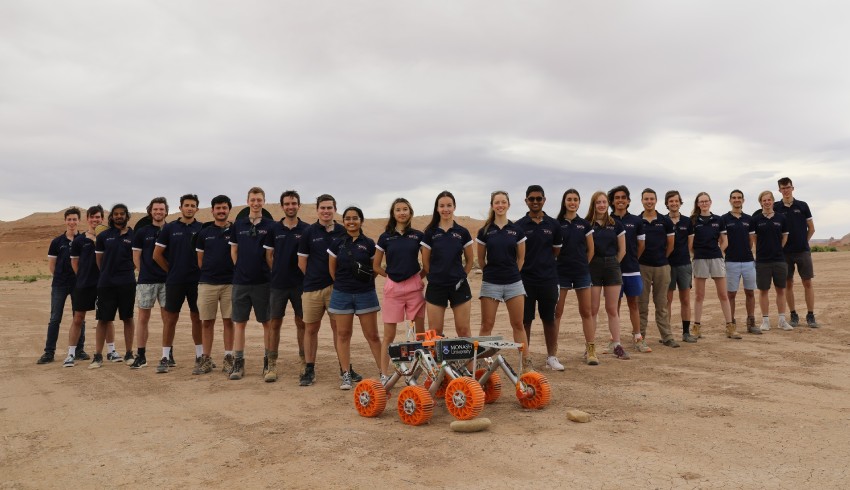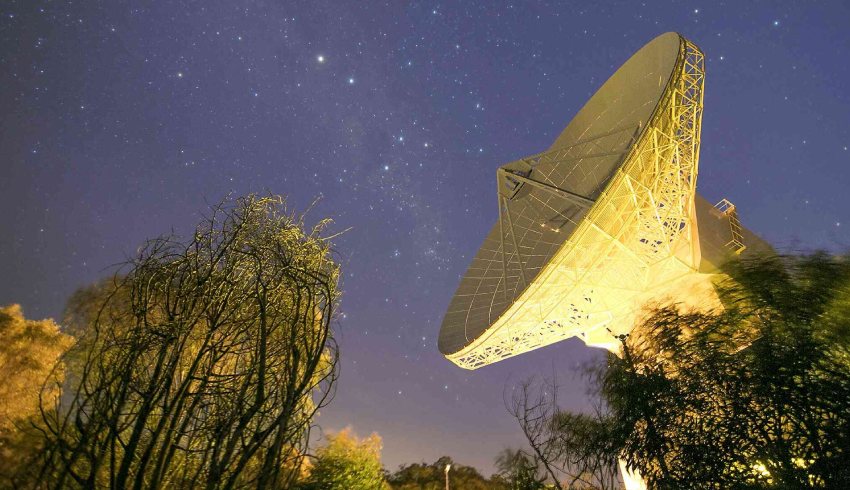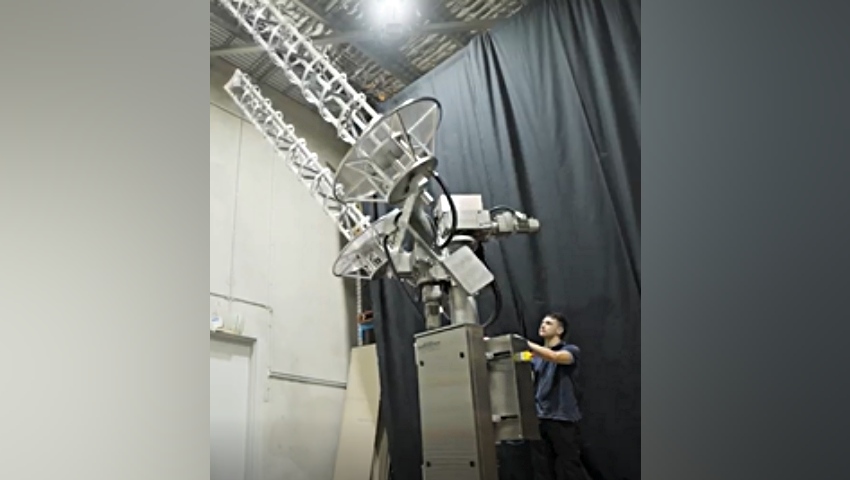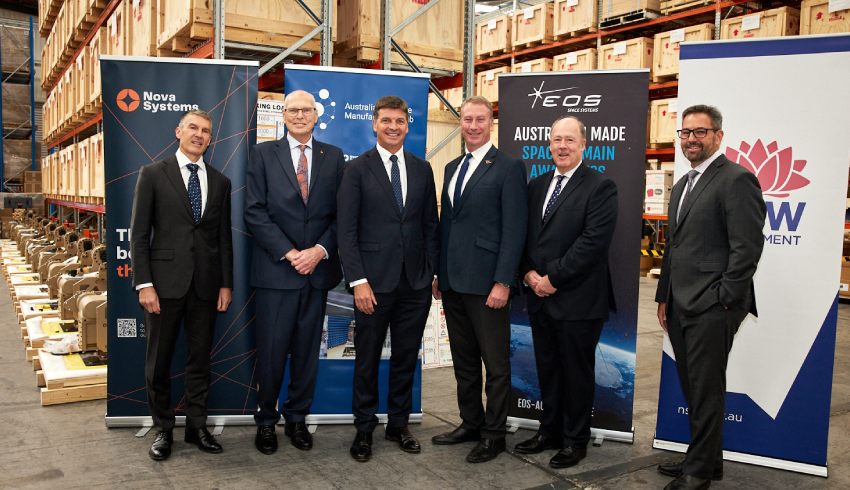
The crew, named the Monash Nova Rover, spent the last week at the Mars Desert research Station in Utah competing against 36 global teams with its “Platypus” vehicle that could aim human exploration on the Red Planet.
The annual competition, which tasks students from around the world to build a space rover at a lower cost, returned after a two-year break due to the pandemic, and the Monash team was set on beating their 2019 top nine finish.
“After a long third day completing the equipment servicing mission and autonomous missions at the University Rover Challenge, Monash Nova Rover would like to announce that we placed 2nd in the URC 2022 finals!” the team said on Sunday.
“Thank you to the organisers, the Mars Society, and congratulations to the other competitors.”
The budget limit for all competitors to build a rover which can perform the same tasks as a multibillion-dollar Mars vehicle is US$18,000 (AU$26,800).
NASA has sent multiple rovers – all with high price tags - to explore the Martian planet, and its latest, dubbed the Perseverance Rover, was projected to cost around US$2.7 billion for its development, launch and operations.
This competition marks a major win for Australia’s space industry, as Monash students remain the only team from the Southern Hemisphere that has qualified entry since its first involvement in 2017.

The URC puts the rovers to the test through various tasks, such as equipment servicing, autonomous navigation, and the extreme retrieval and delivery mission – to which the Monash team said Platypus “performed beautifully”.
“The extreme retrieval and delivery challenge is a multi-stage course set in a four square-kilometre region of the Mars Desert Research Station,” the Monash Nova Rover team said.
“Our rover is remotely operated over treacherous and rough terrain to collect tools, rock samples and water bottles for astronauts in the simulated Mars environment.”
The task was to test Platypus’ main features, including its sturdiness, seeing whether it could traverse deep drops and rocky surfaces, testing its long-range communications system and the dexterity of its robotic arm while collecting objects – all tasks a real rover on the Red Planet would undertake.
According to the team, the two-year break allowed the rover to become much more advanced.
Platypus’ features include a six-wheel chassis body, autonomous driving capabilities, a three-metre collapsible mast with 5GHz and 2.4GHz radio communications, an upgraded robotic arm that can grasp objects of various sizes and weights, a 360-degree camera and an onboard collection system that can detect extinct and extant life on Mars.
According to the official URC Twitter account, the Michigan Mars Rover, from the University of Michigan, placed first, and following close behind Monash placing third was the Missouri S&T Mars Rover Team, from the Missouri University of Science and Technology.

Isabella Richards
Bella Richards is a journalist who has written for several local newspapers, her university newspaper and a tech magazine, and completed her Bachelor of Communications (Journalism) at the University of Technology Sydney in 2020. She joined Momentum Media in 2021, and has since written breaking news stories across Space Connect, Australian Aviation and World of Aviation.
You can email Bella on: [email protected]
Receive the latest developments and updates on Australia’s space industry direct to your inbox. Subscribe today to Space Connect here.












